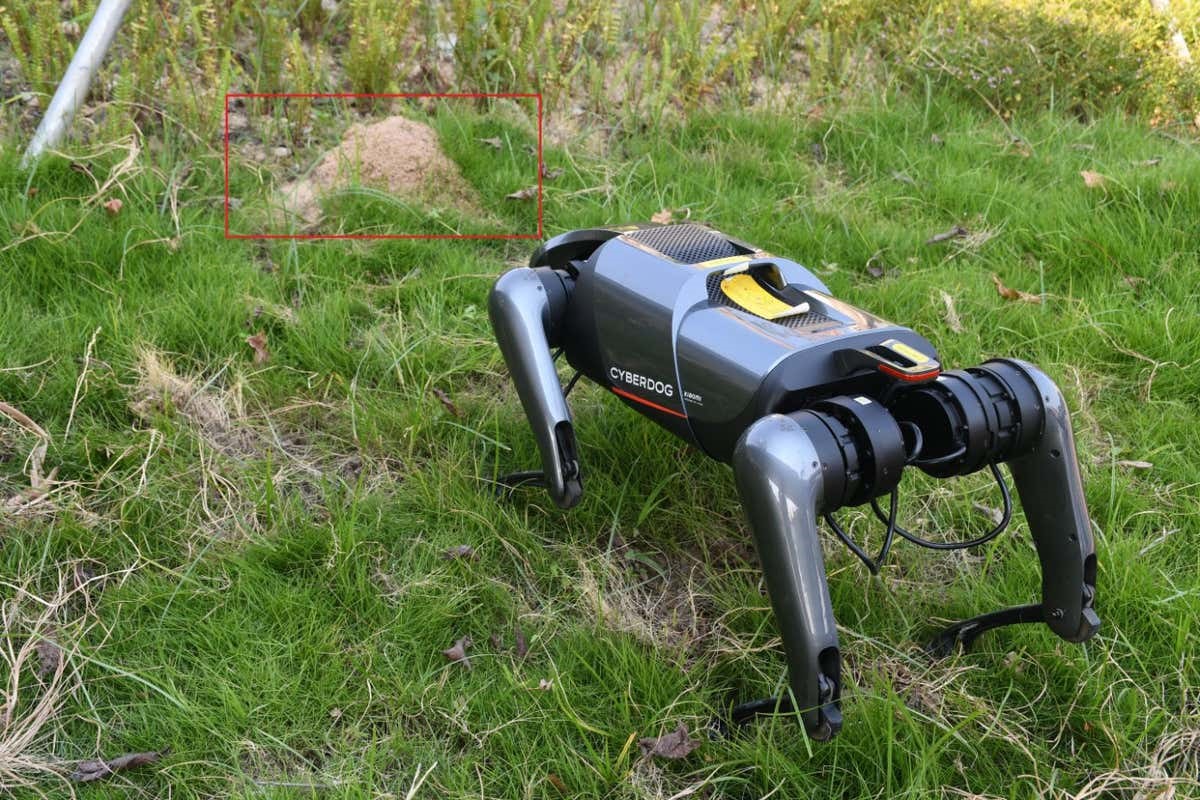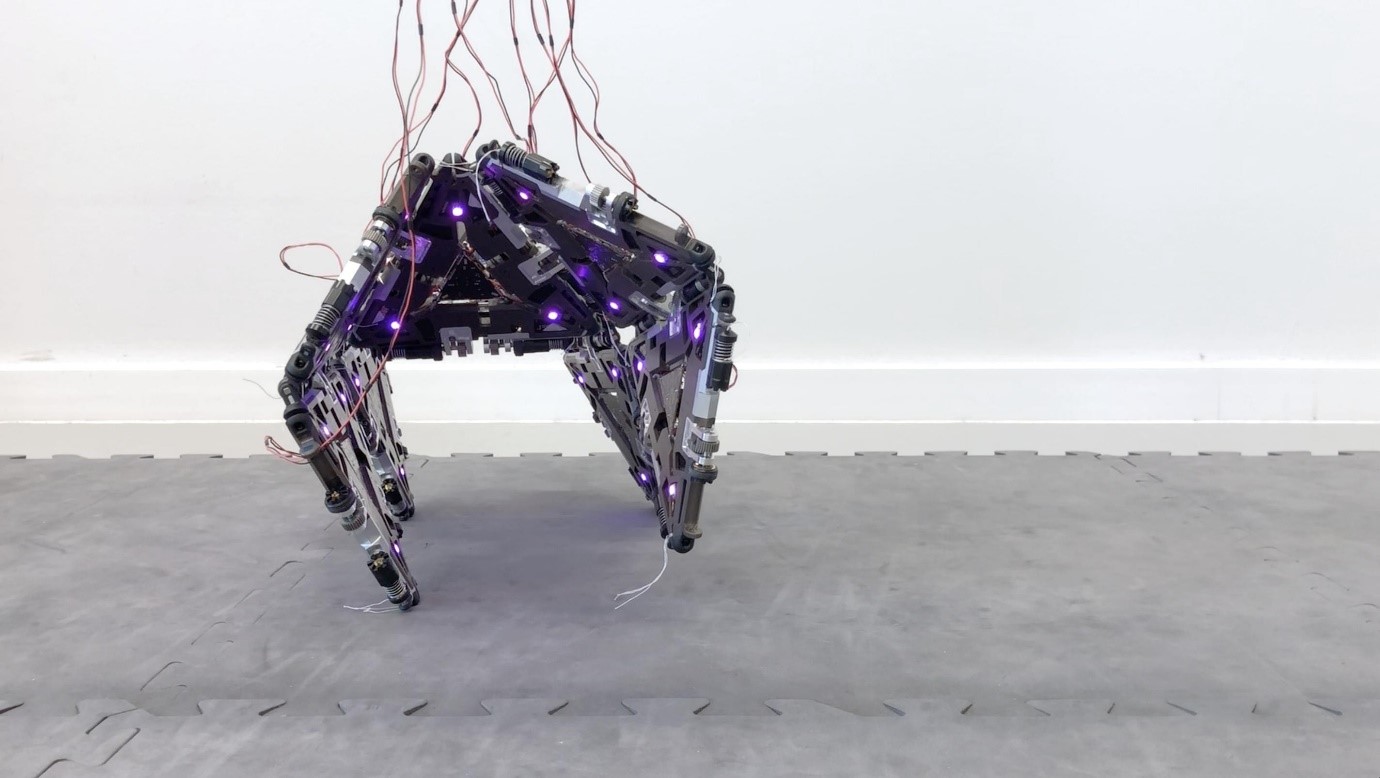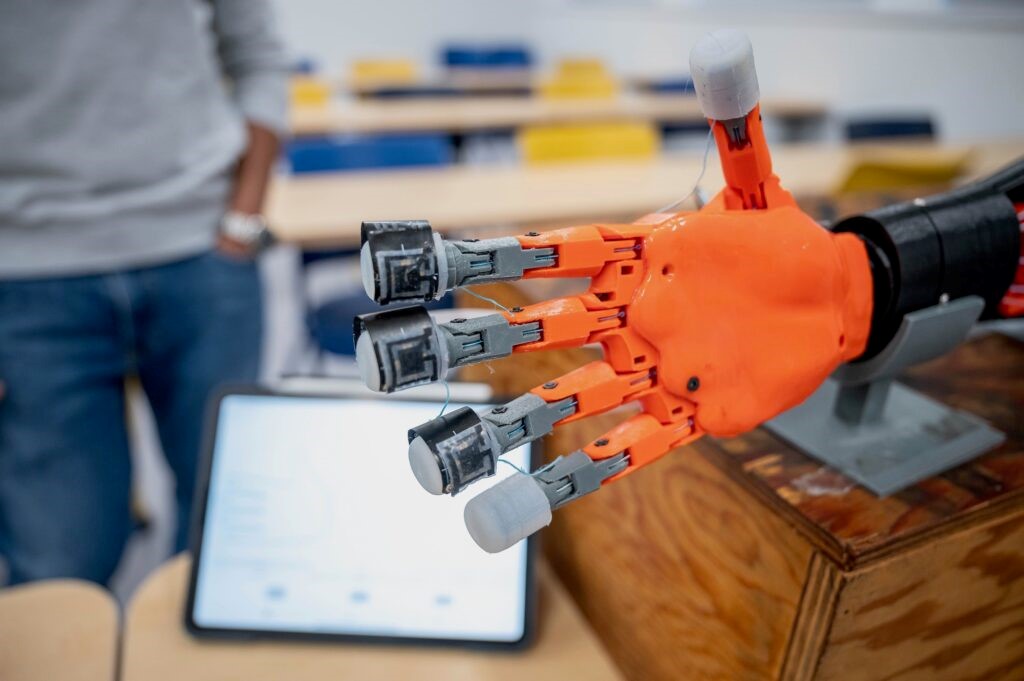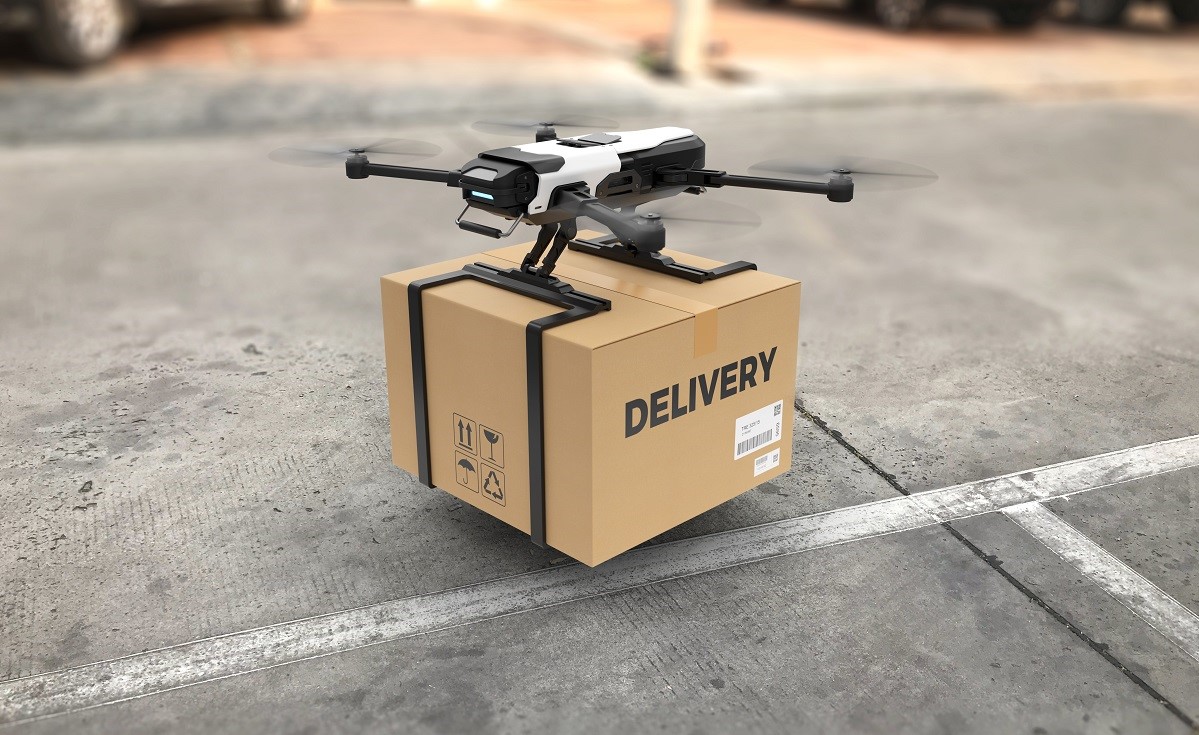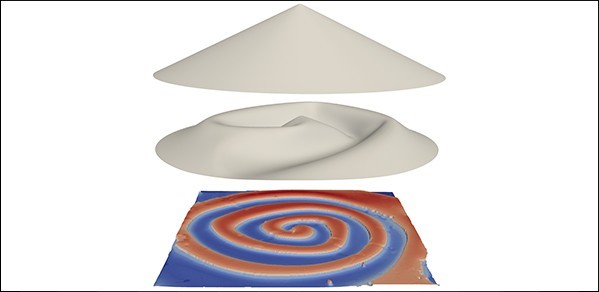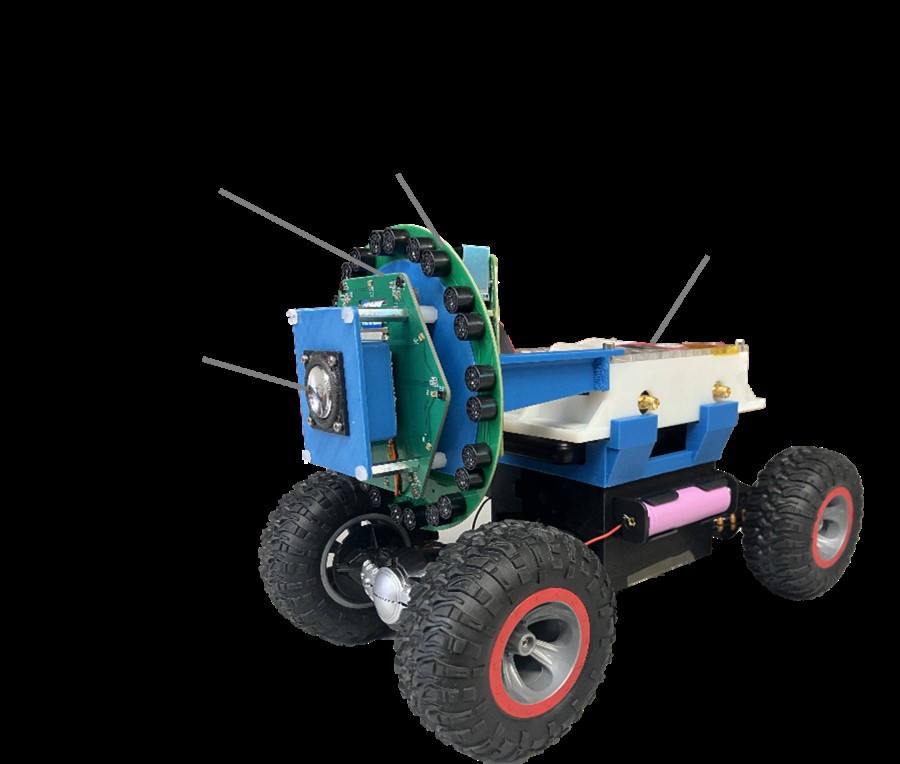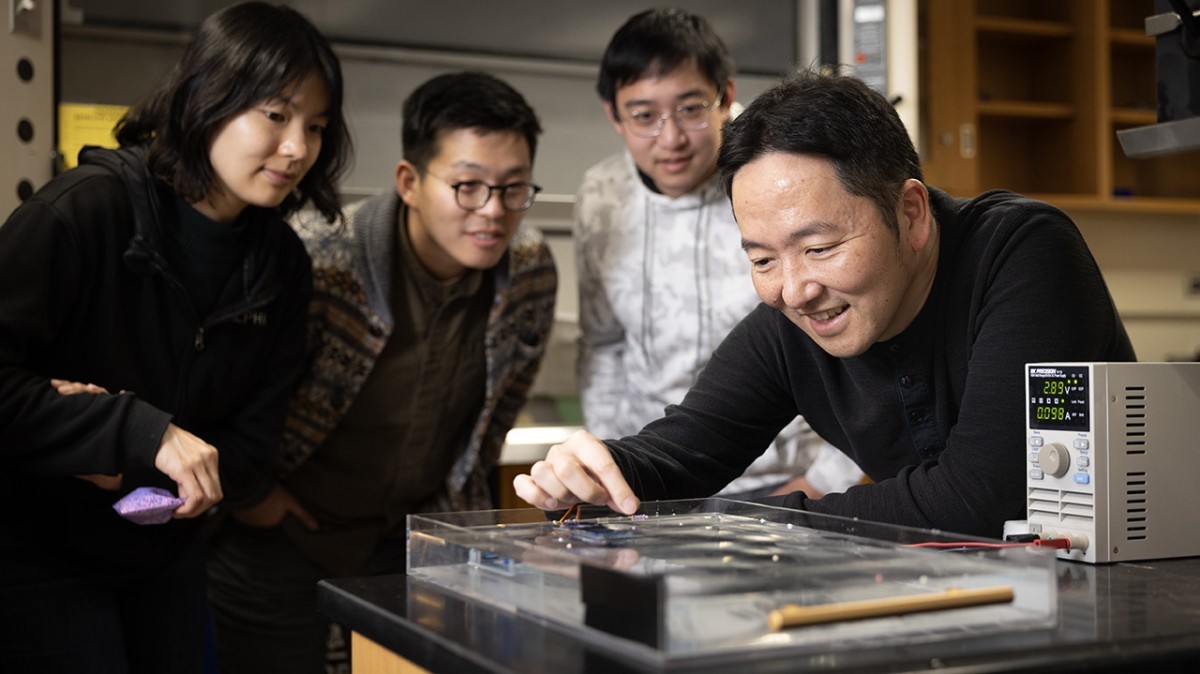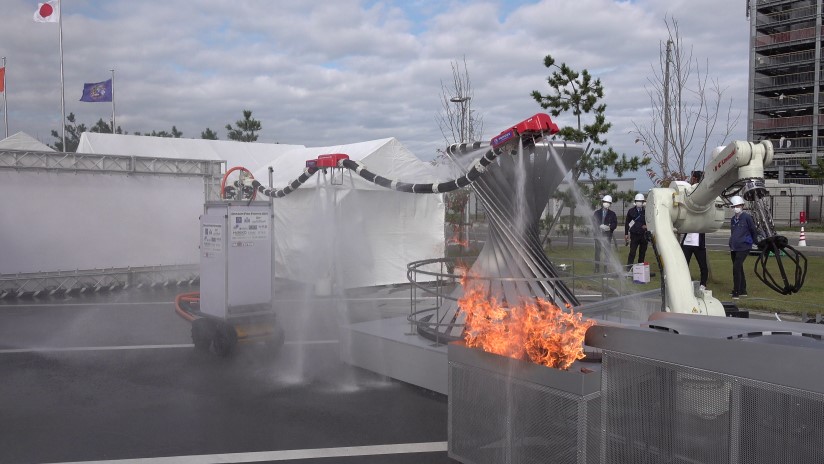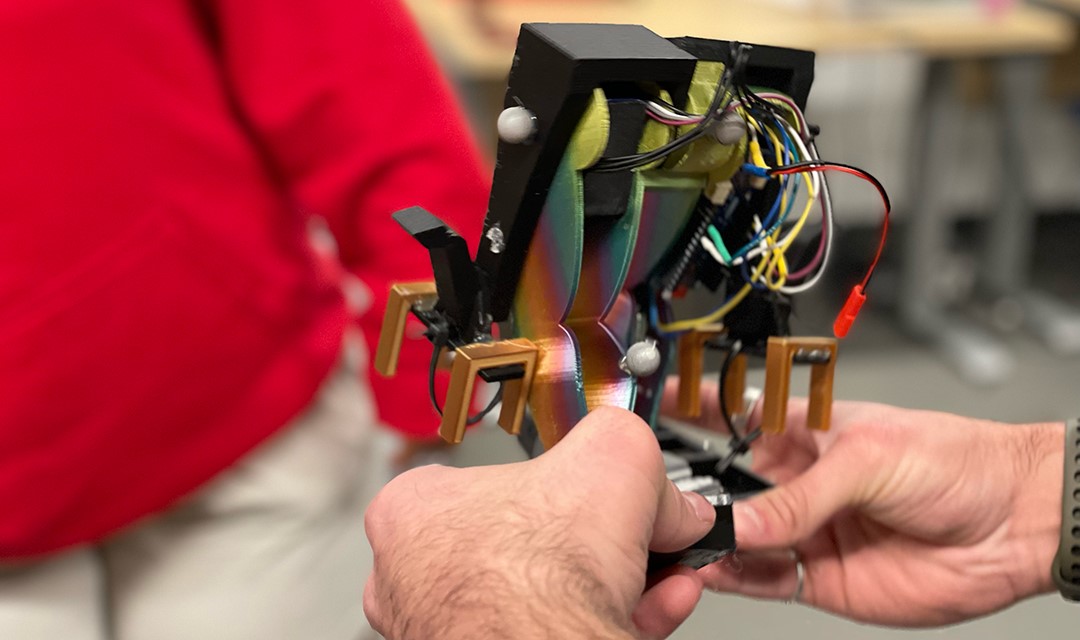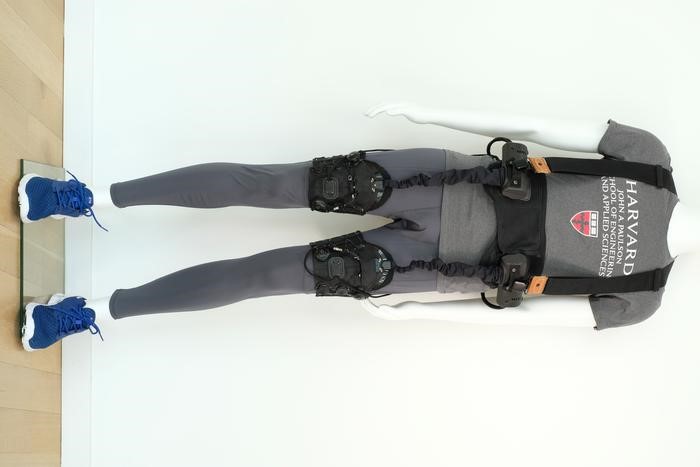Drone Technology for Construction Safety
In the realm of drone innovation, Professor Kenji Shimada and his team have achieved a milestone that could reshape the future of construction site safety. Their novel drone navigation technology recently underwent a real-world test in an active Japanese tunnel construction site, demonstrating its potential to prevent collisions and enhance worker protection.

Figure 1. Drones. (Credit: Carnegie Mellon University)
Figure 1 shows the drones used to navigate dynamic environments. In an era where companies are increasingly turning to robotics to fill the void of hazardous tasks that humans prefer to avoid, Shimada's work in autonomous drone flights within indoor dynamic environments addresses a critical need. While drones have proven successful in open spaces, the challenge lies in navigating unpredictable obstacles, particularly in environments lacking GPS signals.
The two key technologies developed by Shimada and his students, namely drone navigation and obstacle avoidance, and dynamic obstacle tracking and mapping, were put to the test in a winter trial. Sponsored by industry partners Toprise Co., Ltd. and Obayashi Corporation, the drones were tasked with safely navigating a tunnel construction site while avoiding collisions with human workers.
The significance of this technology becomes evident in its ability to measure the 3D geometry of the tunnel excavation front. By comparing this data to design specifications, builders can assess the completion status of different tunnel sections without exposing workers to potential risks.
One remarkable aspect of Shimada's achievement is the integration of a real-time system that employs a 3D hybrid map. This system considers the static environment while simultaneously tracking dynamic obstacles, such as moving workers within the tunnel. The team's algorithm has been refined to accommodate the real-time planning required for in-motion drones, effectively preventing collisions by approximating and avoiding potential conflict points.
Zhefan Xu, the lead Ph.D. student on the drone project, highlighted the significance of their work: "To our knowledge, this is the first time 3D scanning with an autonomous drone has been done in dynamic, under-construction tunnel environments."
Professor Shimada emphasized the safety impact of this technology on construction sites, stating, "Companies have recognized that young people don’t want to do dangerous, physical work anymore, so they are investing in robotics to fill the gap."
The inspiration for this groundbreaking project stemmed from a scene in a sci-fi movie featuring a robot inspecting an underground structure. After a decade of research on drones and three years dedicated to this project, Shimada expressed his excitement about turning this sci-fi vision into reality.
The research findings were recently presented at the 2023 International Conference on Robotics and Automation (ICRA), organized by the Institute of Electrical and Electronics Engineers (IEEE). As we look ahead, Shimada's innovative drone technology holds the promise of significantly improving the safety standards for workers on construction sites, ushering in a new era of drone applications in dynamic and challenging environments.
Source: Carnegie Mellon University
Cite this article:
Hana M (2023), Drone Technology for Construction Safety, AnaTechMaz, pp. 13


